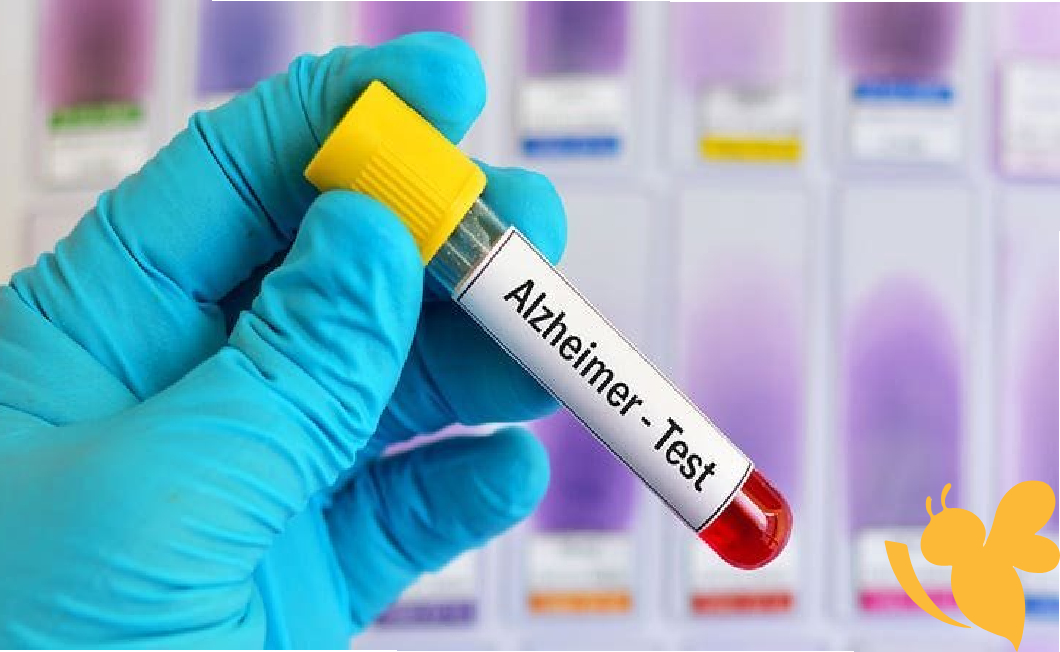The recent approval by the FDA of the Lumipulse G pTau217/ß-Amyloid 1-42 Plasma Ratio test represents a significant advancement in the diagnosis of Alzheimer’s disease. This blood test, which measures specific proteins in plasma associated with amyloid plaques, offers a less invasive alternative to traditional diagnostic methods such as PET scans and cerebrospinal fluid analysis . With approximately 7 million Americans living with Alzheimer's, early and accurate detection is critical for effective intervention and management of the disease .
The test, developed by Fujirebio Diagnostics, measures the ratio of two proteins in the blood. The ratio is correlated with amyloid plaques in the brain—a hallmark of Alzheimer's that, until now, has been detected only through brain scans or spinal fluid analysis.
"Alzheimer's disease impacts too many people—more than breast cancer and prostate cancer combined," said Food and Drug Administration Commissioner Marty Makary.
"Knowing that 10% of people aged 65 and older have Alzheimer's, and that by 2050 that number is expected to double, I am hopeful that new medical products such as this one will help patients."
The test, developed by Japan-based Fujirebio Diagnostics, uses a blood sample to detect the presence of plaques in the brain called amyloid that are thought to be linked to Alzheimer’s. The current method of detecting amyloid involves PET imaging scans of the brain that can be inconvenient and costly. Amyloid can also be detected in spinal fluid, but such tests are more invasive.
False negatives, on the other hand, may result in unnecessary additional testing and delays in treatment. The new blood test should not be intended as a stand-alone diagnostic test, the FDA said. Other clinical tests should be used for determining treatment options, the agency added.
There are currently multiple drugs available to treat mild to moderate Alzheimer's, making an early and accurate diagnosis an important first step to managing symptoms and slowing further cognitive decline.
Clinical studies have demonstrated that this test possesses high accuracy rates, achieving a 91.7% positive predictive value and a 97.3% negative predictive value when compared to established diagnostic tools . Although it is not intended to serve as a definitive diagnosis on its own, it provides valuable information that can aid healthcare professionals in making informed decisions regarding patient care . Furthermore, this development enhances accessibility to testing for older adults exhibiting cognitive decline.
As healthcare systems continue to seek cost-effective solutions for managing neurodegenerative diseases, the Lumipulse test emerges as an innovative tool that could streamline diagnostic processes while reducing financial burdens on patients and providers alike . While potential false positives or negatives must be acknowledged, the introduction of this blood test marks a pivotal moment in Alzheimer's diagnostics and underscores the importance of ongoing research in this field.
Read more
Scheffler wins PGA, tAops FedExCup, and pockets $3.42M. Biden's prostate cancer diagnosis: 'aggressive formSarah H
Also on site :
- FDA Grants Novavax COVID-19 Vaccine Approval with New Usage Restrictions
- House Panel Approves Trump Tax Bill, Advancing It Toward Congressional Vote
- Navy Training Vessel from Mexico Strikes Brooklyn Bridge

